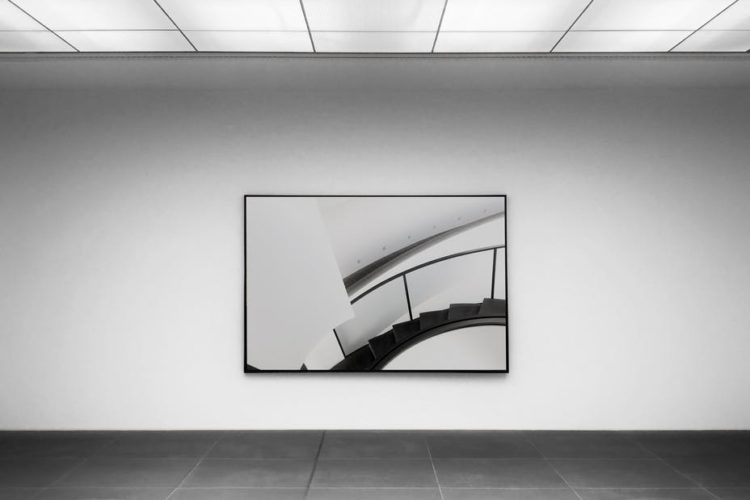
Suspended Ceilings: Then and Now
Suspended ceilings are a common sight in offices and professional buildings around the world – and their status as a symbol of modern life makes it easy to forget that they actually have quite a long history. For instance, it may surprise you to know that suspended ceilings were being used in homes in Japan as far back as the 1300s. Back then, the ceiling tiles were made of wood, and were used to provide a sense of homeliness to a room. They also served an aesthetic purpose – while usually plain wood, the tiles could be decorated with elaborate gilding for a very impressive effect.
Increasing popularity
Eventually, suspended ceilings made their way to different countries, and became a very popular choice – for reasons decorative and functional. One early example of suspended ceilings in England was the one in Blackfriars Theatre in London. Built in 1596, the ceiling of the theatre was dropped as a way of improving the acoustics. It was in the early 20th century, however, that suspended ceilings took the form we recognise today – developed for the purpose of making building inspections and repair work easier to carry out.
An architectural cornerstone
Nowadays, suspended ceilings are a staple of modern architecture. They provide several practical functions – facilitating inspection, improving acoustics, and even helping to make buildings more energy-efficient. While plain white tiles were the standard for a long time, contemporary ceilings can also be decorated and styled in any manner of ways, using different colours, patterns, and materials.
SLP Interiors Ltd provides commercial spaces with high-quality suspended ceilings designed to meet a wide range of needs. We install ceilings in Bath, Bristol, Glastonbury, Gloucester – and numerous other locations all across the south-west. Offering a variety of styles and materials, SLP can help you find the perfect ceiling for a low cost. Call us today!



